What Are Night Vision Goggles ?
Night vision goggles are optical devices that allow the user to see in low-light or no-light conditions. They work by amplifying the available light, such as moonlight or starlight, and converting it into an image that can be seen by the human eye. Night vision goggles are commonly used by military personnel, law enforcement officers, and hunters, as well as for surveillance and security purposes. They typically consist of two eyepieces that are mounted on a head strap, and they may be powered by batteries or by ambient light. Some night vision goggles also include infrared illuminators, which emit a beam of infrared light that is invisible to the human eye but can be detected by the goggles, allowing the user to see in complete darkness.
1、 Infrared technology
Night vision goggles are a type of optical device that allows the user to see in low-light or no-light conditions. They work by amplifying the available light or by using infrared technology to detect heat signatures. These goggles are commonly used by military personnel, law enforcement officers, and hunters.
Infrared technology is a key component of night vision goggles. Infrared light is a type of electromagnetic radiation that is invisible to the human eye but can be detected by special sensors. Night vision goggles use infrared sensors to detect the heat signatures of objects in the environment. The sensors convert the heat signatures into an image that can be seen by the user.
The latest point of view on night vision goggles is that they are becoming more advanced and accessible to the general public. With the development of new technologies, night vision goggles are becoming smaller, lighter, and more affordable. Some models even have built-in cameras and video recording capabilities.
In addition to military and law enforcement applications, night vision goggles are also being used for recreational activities such as camping, hiking, and wildlife observation. They allow users to see animals and other objects in the dark without disturbing them with bright lights.
Overall, night vision goggles are an important tool for anyone who needs to see in low-light or no-light conditions. With the latest advancements in technology, they are becoming more versatile and accessible than ever before.

2、 Image intensification
Night vision goggles are a type of optical device that allows the user to see in low-light or no-light conditions. They work by using a process called image intensification, which amplifies the available light in the environment and enhances the image for the user.
Image intensification works by collecting the available light through the goggles' lenses and passing it through a photocathode. The photocathode converts the light into electrons, which are then accelerated and focused onto a phosphor screen. The electrons cause the phosphor screen to emit light, which is then magnified and projected to the user's eyes through the eyepieces.
Night vision goggles have been used by military and law enforcement personnel for decades, but they are also becoming increasingly popular among outdoor enthusiasts and hunters. The latest advancements in night vision technology have led to the development of more compact and lightweight goggles, as well as improved image quality and resolution.
One of the latest developments in night vision technology is the use of thermal imaging, which detects the heat signatures of objects rather than relying on available light. This allows users to see in complete darkness and through obstacles such as smoke or fog. However, thermal imaging technology is still relatively expensive and not as widely available as traditional image intensification night vision goggles.

3、 Thermal imaging
Night vision goggles are a type of optical device that allows the user to see in low-light conditions. They work by amplifying the available light, such as moonlight or starlight, and projecting it onto a screen or eyepiece. This allows the user to see objects that would otherwise be invisible to the naked eye in the dark.
Thermal imaging, on the other hand, is a technology that detects the heat emitted by objects and converts it into an image. This allows the user to see objects that are emitting heat, even in complete darkness. Thermal imaging is often used in military and law enforcement applications, as well as in search and rescue operations.
In recent years, there have been significant advancements in both night vision and thermal imaging technology. For example, some night vision goggles now use digital image processing to enhance the image quality and reduce the amount of visual noise. Similarly, thermal imaging cameras have become smaller, more affordable, and more widely available, making them accessible to a wider range of users.
Overall, both night vision goggles and thermal imaging technology have proven to be valuable tools in a variety of applications, from military and law enforcement to wildlife observation and outdoor recreation. As technology continues to advance, it is likely that we will see even more innovative uses for these technologies in the future.
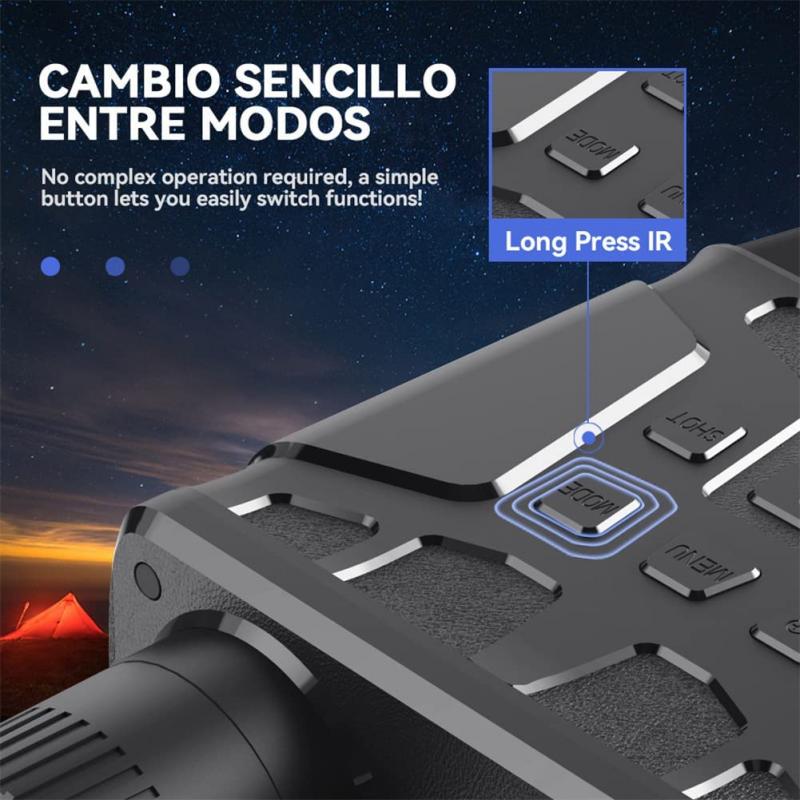
4、 Binocular vs. monocular
Binocular vs. monocular is a comparison between two types of night vision goggles. Binocular night vision goggles have two eyepieces, while monocular night vision goggles have only one eyepiece. Both types of night vision goggles use similar technology to amplify available light and allow the user to see in low-light or no-light conditions.
Binocular night vision goggles offer a more immersive viewing experience, as they provide a wider field of view and depth perception. They are also more comfortable to use for extended periods of time, as the weight is distributed evenly across both eyes. However, they are typically more expensive than monocular night vision goggles.
Monocular night vision goggles are more compact and lightweight, making them easier to carry and use in the field. They are also less expensive than binocular night vision goggles, making them a more accessible option for many users. However, they can be more difficult to use for extended periods of time, as they require the user to keep one eye closed.
In recent years, there has been a trend towards using monocular night vision goggles for tactical applications, as they allow the user to maintain situational awareness with one eye while using the other eye to view through a weapon sight or other optical device. However, binocular night vision goggles remain a popular choice for many applications, including hunting, wildlife observation, and surveillance.
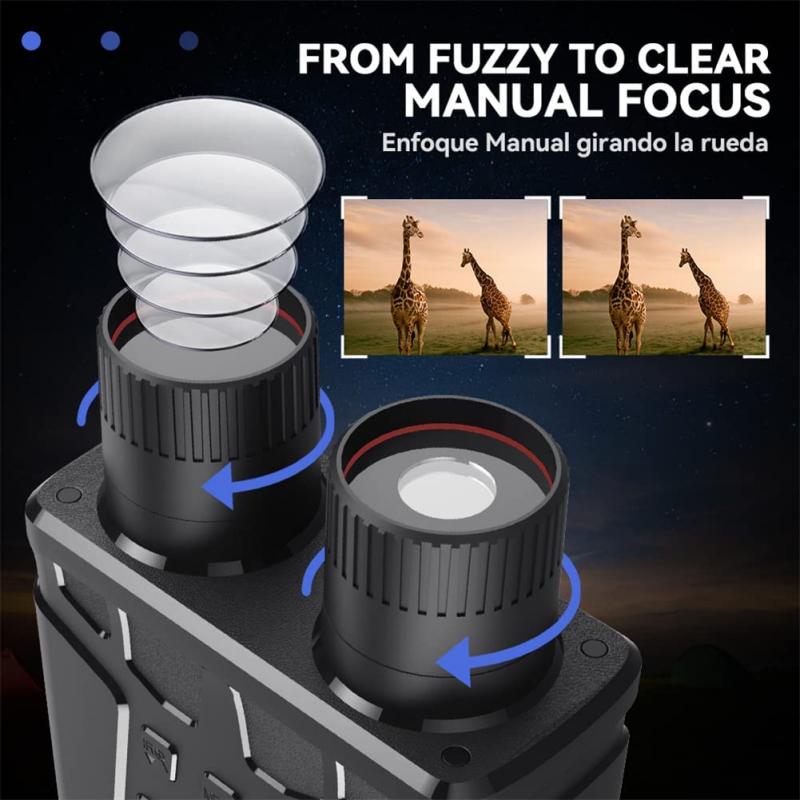


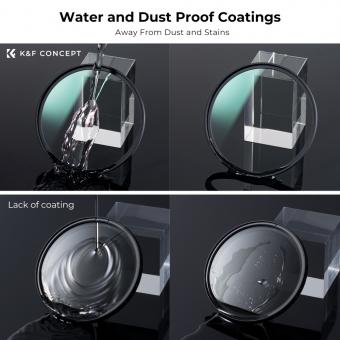




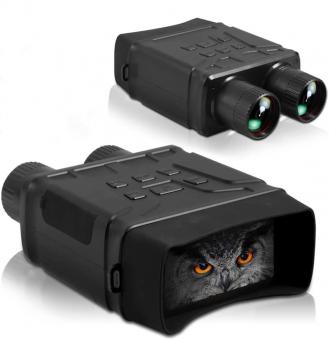

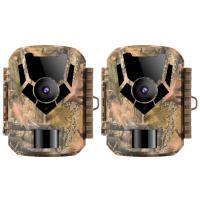



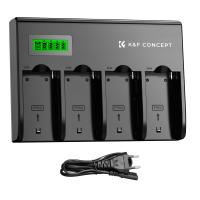
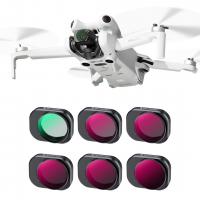
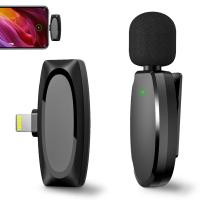


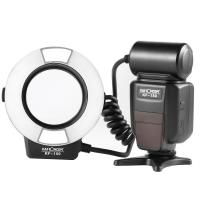

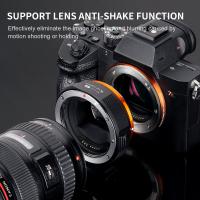
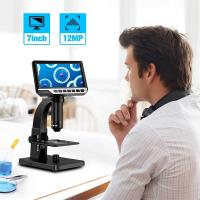
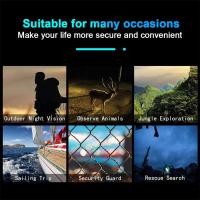
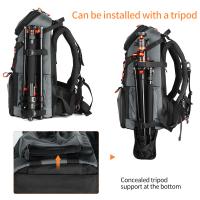
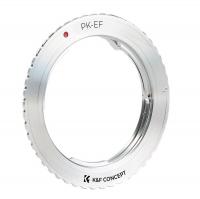
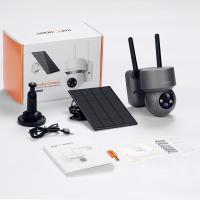
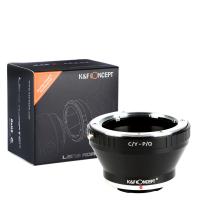
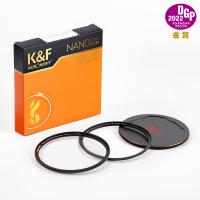
There are no comments for this blog.